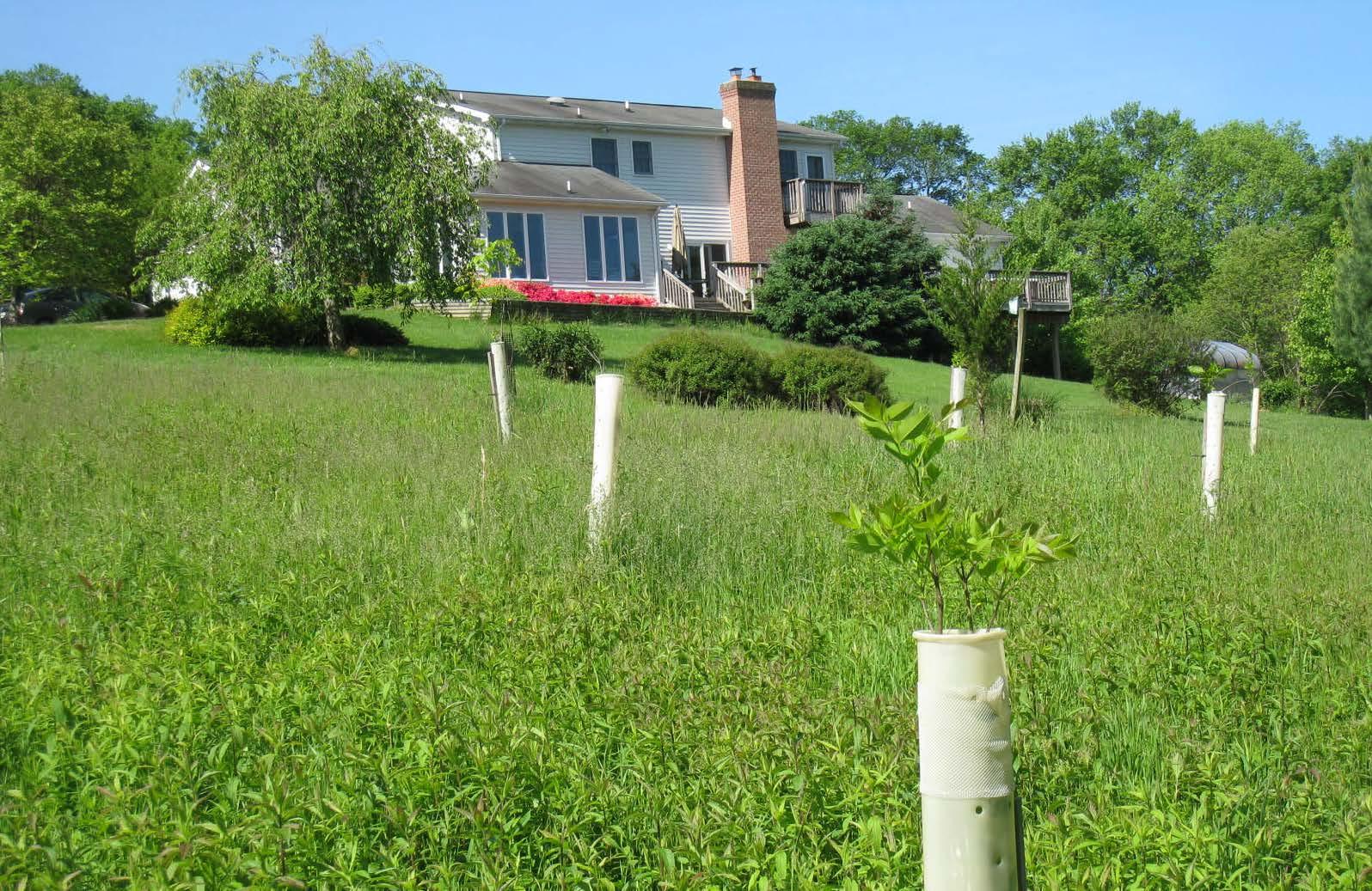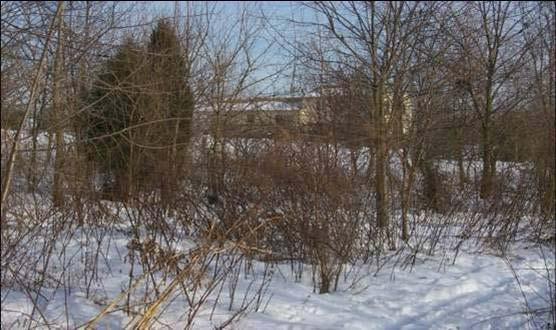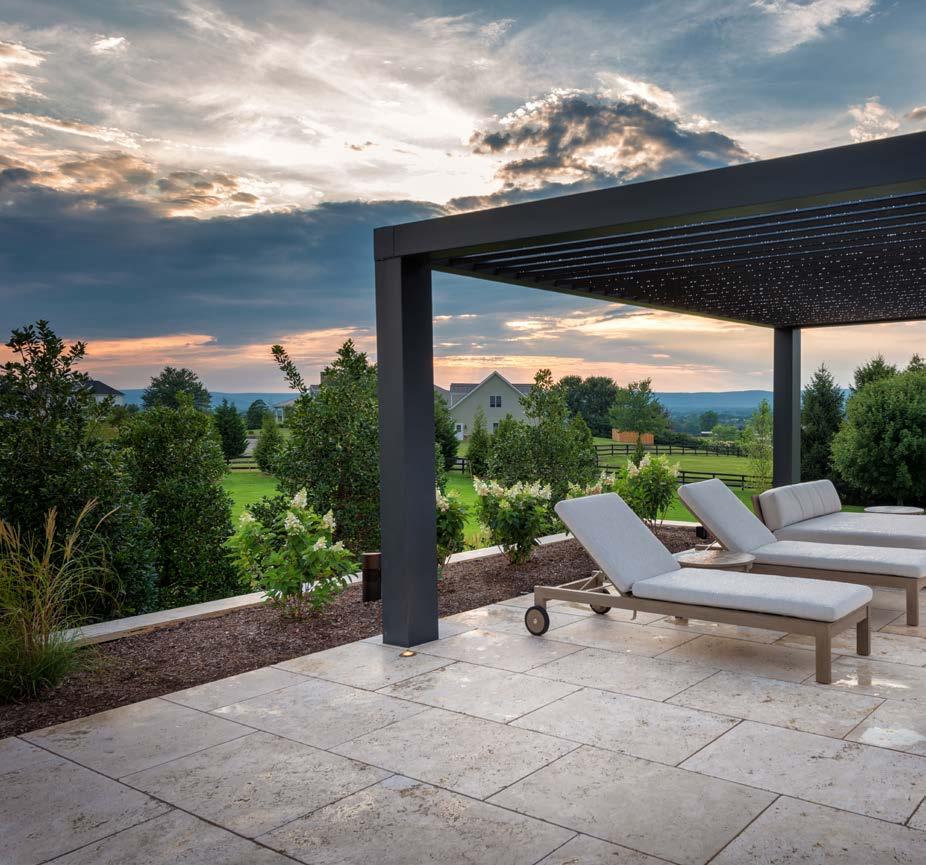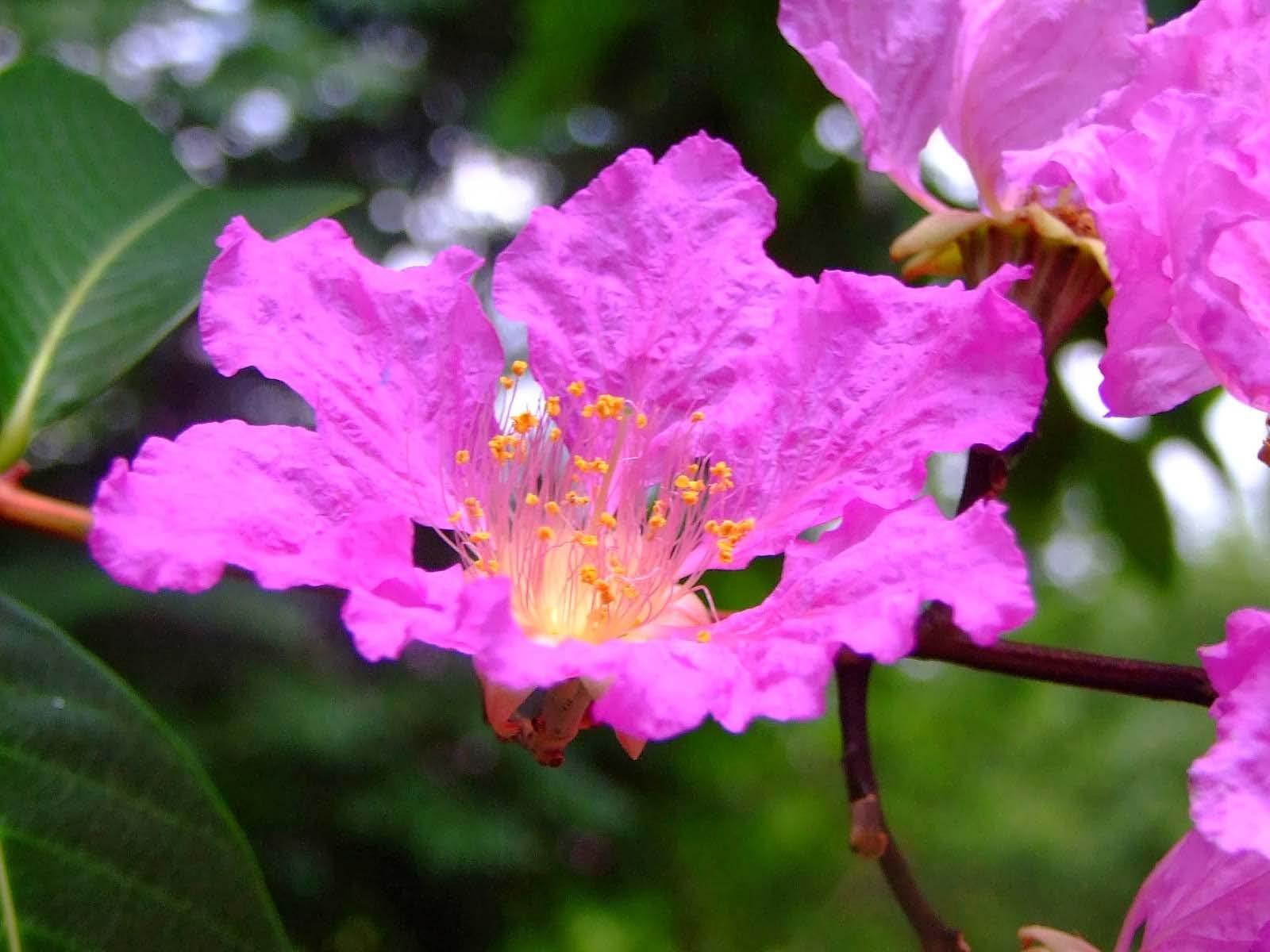
8 minute read
Expanding Business Opportunities for the Green Industry in Backyard Woodlots
Jonathan Kays, Forestry Extension Specialist, University of Maryland Extension, and Adam Downing, Extension Forestry Agent, Virginia Cooperative Extension
The bread and butter of the landscape industry revolves around providing services to clients for everything from turf, trees, gardens, special plantings and structures, and other elements. A growing interest in natural landscaping and woodland health is creating niche market opportunities. The University Extension organizations in Maryland, Virginia, and Pennsylvania have been using “The Woods In Your Backyard” program to educate small acreage owners about the creation and enhancement of natural areas on their property since 2006. Surveys and frequent inquires reveal that small-acreage owners are seeking service providers to offer services related to establishment and management of natural areas. This kind of business has been referred to as “Land Care,” which is the term that will be used in the remainder of this article as we explore the opportunities and resources of potential interest to green industry business owners.
Advertisement

Expanding a forested area into a lawn using planted tree seedlings with tree shelters to protect from deer browsing. Many years of maintenance are required.
Small-Acreage Landowners Increasing Demographic and landscape changes have created this opportunity. Rapid development in many areas of the Mid-Atlantic has resulted in the subdivision of farms and woodlands into small acreage/large lot subdivisions. Homeowners who purchase these properties often have questions, however. If I have acres of grass to mow and want to reduce that, what are lower maintenance (but still appealing) options? If I plant trees, what kind should I plant, and how do I protect them from deer browsing?
If the property already has woods, the question may be what should I do to maintain or even improve the woodlands health? What can I do to help wildlife or discourage nuisance wildlife? How does one create a trail, control invasive species, manage vines, decide what trees to cut for firewood, etc.
While answers and sources of assistance for these questions on larger acreages are generally easily accessed, the same is not true for smaller acreages that fall between large acreage and house-lot size properties. We believe that professionals already working “in the neighborhood” in rural subdivisions represent the best opportunity to both meet the needs and profit from it. While
most landscapers and arborists have not offered services “beyond the yard,” various land care practices might be easily integrated into an existing suite of services you offer. Land care services target creation or enhancement of natural areas.
The Woods In Your Backyard: Helping Landowners “The Woods in Your Backyard” program has reached thousands of smalla c r e a g e l a n d o w n e r s through workshops, webinars, and online classes. The self-assessment guide and workbook The Woods in Your Backyard: Learning to Create and Enhance Natural Areas Around Your Home, has sold over 14,000 copies and is designed for owners of 1 to 9 acres of land with no existing knowledge of forestry or wildlife.
The guide uses lessons, followed by outdoor investigative activities. A case study is used to help the landowner identify his or her interests in the land, draw a map, inventory the property, apply ecological principles, and put knowledge into practice. The manual also provides a primer on how to identify different species of trees and how to deal with invasive species and wildlife damage. A downloadable self-guided workbook facilitates property assessment, goals articulation, and plan development. While developed primarily for landowners, it is also useful as a reference and process tool for smallacreage service providers.
Opportunities for Arborists and Landscapers Learning to sell and apply land care for natural areas establishment and maintenance may present new income opportunities. A survey of online class participants found that 42% had contacted a service provider after taking the class. Of those, 54% contacted someone in the green industry. Another 31% contacted professionals who focus on invasive plant management and/or professionals in public service.

Educating clients that “messy” is good for wildlife is a challenge. The manual can help.
These same participants were asked about land care practices they have or would do themselves versus practices they would pay for. Not surprisingly, the types of things folks want to hire out often require special skills, knowledge, and/or equipment. Among the most commonly listed projects they would pay for were tree and shrub planting, using herbicides to control invasive plants, and habitat enhancement.
To meet these interests, there are a variety of land care practices you might consider offering, such as: 1) preparing and planting an existing lawn area with trees; 2) controlling vines; 3) controlling invasive plants; 4) designing and creating trails; 5) creating and maintaining tall grass meadows; 6) developing edge habitat and brush piles; 7) felling trees for firewood; and 8) establishing wildlife food plots.
The big question is are landowners willing to pay for services? Our experience and research suggest there is an unmet demand for service providers, and informal interviews with the few who are doing this indicate it can be profitable. Other considerations of “does this make business sense” should include seasonality and marketing value. Many of the land care practices, such as invasive control, trail development, and tree planting, can be done in the dormant months when work for landscapers is lacking. The ability to talk with your clients about natural areas may be a cue to some of your environmental stewardship and give you the edge over a competitor.
Smart Controls For Landscape Lighting New smart controls offer clients maximum control with minimum maintenance and expense

Smart control technology offers clients more options and flexibility for lighting controls than ever before. Clients can control their landscape lighting using an app on their smart phone. The three main types of smart controls for landscape lighting systems are: WIFI-based control systems; fixture manufacturer proprietary controls; and HUB-based controls. Of these three, we find HUB-based systems provide the best experience and overall value to our homeowners.
WIFI-based smart controls are a good option for budget-conscious, tech-savvy clients. A smartphone app sends a signal over the home WIFI network to a smart plug at the transformer. Examples of WIFIbased smart plugs include Wemo and Kasa. This equipment is inexpensive, costing about the same as traditional timers. One downside is that smart plugs will occasionally (once or twice a year) disconnect from the WIFI due to firmware updates, or power outages. When this happens, the smart plug receiver will need to be re-installed. This option is a good choice for clients who are willing, and capable of taking care of some on-going maintenance.
Proprietary Controls offered by fixture manufacturers such as Brilliance LED, FX Luxor, and Alliance also offer app-controlled products, using WIFI or BLUETOOTH. These systems offer the benefits that other smart control systems provide, but tend to be unreliable. Fixture manufacturers typically do not specialize in controls, offering them as add-ons to their core product, light fixtures. Smart phone app updates tend to be infrequent and inadequate, making these products prone to glitches.
HUB-based systems are more complex and expensive than other options, but are the most reliable. The system consists of a hub and smart plugs. The hub is hardwired directly to a modem/router, and sends out its own, amplified signal, rather than depending on the home WIFI signal. This eliminates the problem of re-setting smart plug receivers. Made by major electronics manufacturers such as Samsung (Samsung Smart Things) and Lutron (Lutron Casetta), these companies have the necessary resources required to regularly maintain and update their apps. As a result, HUBS tend to work seamlessly, with minimal ongoing maintenance.
We recommend and install HUB based systems. At a slightly higher price, hubs use regularly maintained apps that work well and rarely require smart plug receivers to be reconnected. Clients have the convenience of app controls, with minimal ongoing maintenance. These systems can be installed with new landscape lighting projects or retrofitted to existing systems. To learn more please visit olsonweaver.com or call 703.881.1841.
703-881-1841 olsonweaver.com
Green Industry Training Program Coming Soon! The University of Maryland Extension, in partnership with other organizations, is developing two publications: 1) a woodland health checklist that Woodland Health Professionals (WHPs) can use with clients to help them identify land care practices for their property; and, 2) a Land Care Practices Handbook that will be used for green industry trainings.
The hands-on workshops will demonstrate how to use a woodland health checklist and how to implement land care practices, many of which rely upon the use of forestry tools and techniques scaled down for smaller properties. The training will help participants learn some of the techniques and knowledge needed to get a Category 2 Commercial Pesticide Applicators license for use in forestry applications. International Society of Arboriculture (ISA) credits will be available.
If you want to be notified of available training opportunities or learn more, contact Jonathan Kays, Forestry Specialist, University of Maryland Extension, at (301) 432-2767 x323 or jkays@umd.edu, or Adam Downing, Extension Forestry Agent, Virginia Cooperative Extension, at (540) 948-6881 or adowning@vt.edu
This maintained trail in a 2-acre backyard woods can provide sanctuary and recreational enjoyment. Trail creation for clients allows them to access their woods.

Controlling invasive plants and vines using herbicides with proper PPE (personal protection equipment) can be effective on smaller properties.
Landscape Specification Guidelines Landscape Specification Guidelines 6 th edition
6th edition
E-Books Available on
www.amazon.com Part 1: Exterior Landscape Installation Part 2: Exterior Landscape Maintenance Part 3: Interior Landscape Installation and Maintenance Part 4: Irrigation Part 5: Non-Tidal Wetland Planting Part 6: Seeding and Sodding Part 7: Soils Part 8: Tree Preservation







